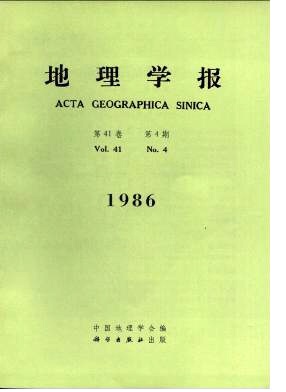Zhou Yixing, Tang Qi
The study of the urban-size hierarchy of China is important to the national urban development policy. In this paper, the cities and towns in China are divided into 17 classes according to their sizes. The change of urban-size hierarchy of China during 1964-1980 is analysed and some unexpected trends in the change are explained. The conclusions are: (1) The medium-size and small-size cities grew most rapidly and their status in urban-size structure rose greatly during the 16 years; (2) The growth of large cities, specially super-large cities, was under control on the whole some people hold different views: (3) Small towns have always been on the decline. However, the causes for the declining of small town have been trend basically disappeared and they are on the revival.After analysing a great deal of data, the authors introduce three indices to describe the urban-size hierarchy on provincial level, e.g. the size of primacy city, the ratio of primacy city in provincial urban population and the imbalance index of (provincial urban-size structure. These indices are better than "primacy level" or "rank-size distribution model" in reflecting the characterisics and differences of urban-size hierachy on provincial level.Through the step-by-step discriminate analysis, the 1980’s urban-size hierachies of the 26 regions on provincial level are classified into six types:Type I Beijing-Tianjin-Hebei, Jiangsu-ShanghaiType II Liaoning, Heilongjiang, Shandong, Sicilian, GuangdongType III Hubei, ShaanxiType IV Hunan, Inner Mongolia, Henan, Lilin, Anhui, Fujian, Zhejiang, Jiangxi, GuangxiType V Xinjiang, Shanxi, Yunnan, Guizhou, GansuType VI Qinghai, Xizang (Tibet), NingxiaThe characteristics of each type and the evolution trend of each region from 1964 to 1980 are described, and some regularities in the evolution trend are found.Through related analysis between the hierarchical types and 17 variables, it is discovered that the territorial type of urban-size hierarchy on the provincial level has the closest relationship with three variables: the total urban population, the number of staff and workers and the number of industrial labours of the region; and has some generally relations with the following variables: the development level of industry and commerce, the density of transportation network and the population density, etc; but has nodirect relation with the urbanization level and the agricultural level.On the basis of above analyses, the authors have developed a evolutional model of urban-size hierarchy on the provincial level.In the last part of the paper, the authors present the following views on the urban development policy of China: (1) We should view the large cities of China against the background of dynamic development of the urban-size hierarchy all over the country. Any lopsided view not in accordance with the fact would make us unprepared mentally for the comimg trend of rapid growth of cities. (2) China is one of the countries which has the largest geographical differences. There are also striking territorial differences among provincial urban-size hierarchies. The policy of urban development should not be the same for all regions, but should be varied according to regional conditions. (3) As the development of regional urban-size hierarchy is from lower types to higher types, stage by stage, the policy of urban development should be changed according to the stages of development of urban system from time to time.
